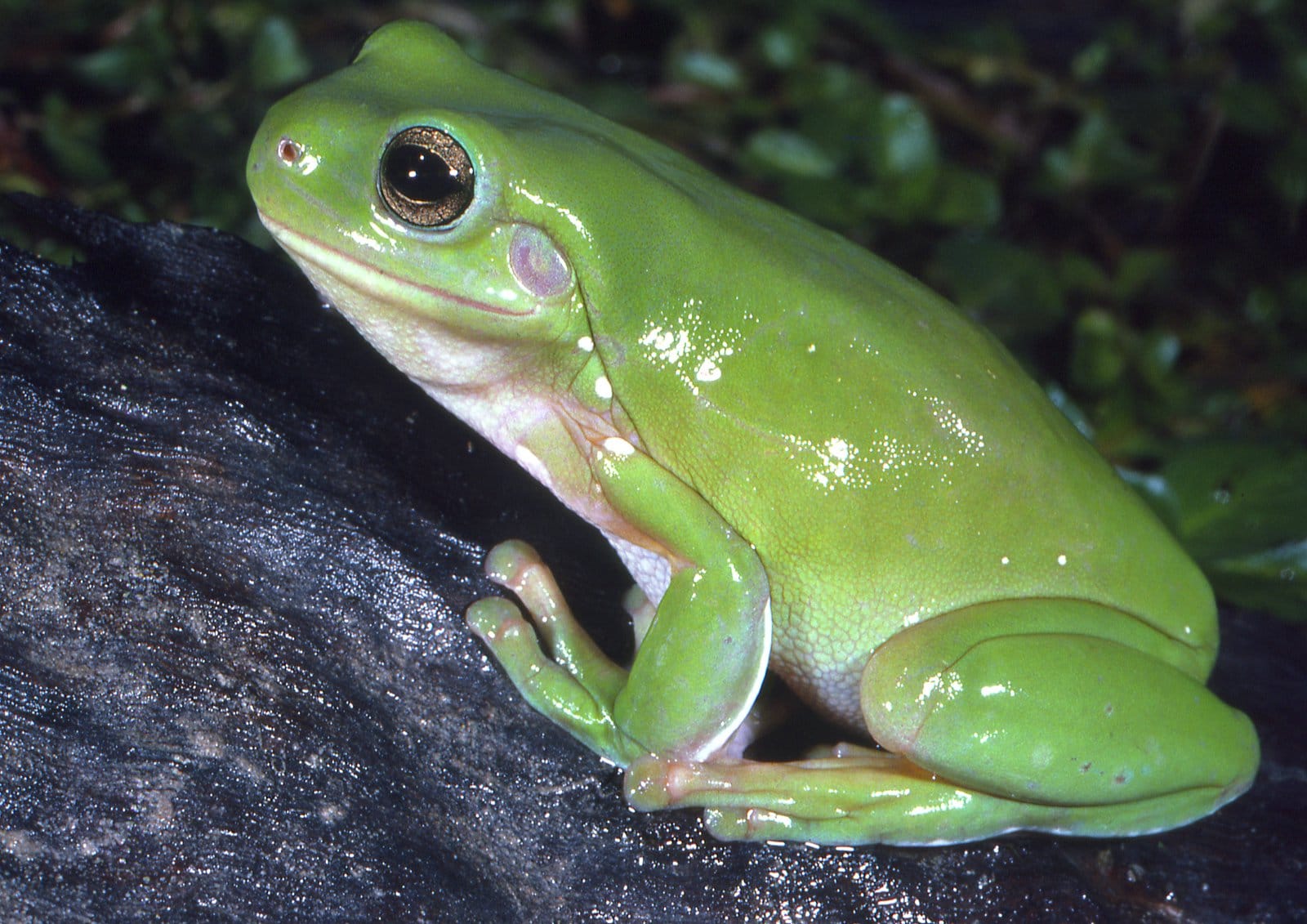The notion that handling frogs causes warts is a persistent myth, passed down through generations. But does this claim hold any scientific weight? This article delves into the facts, separating fact from fiction, to reveal the truth about frogs, warts, and the human papillomavirus (HPV).
Debunking the Frog Wart Myth
The idea that frogs cause warts likely stems from the bumpy texture of their skin. These bumps, often mistaken for warts, are actually specialized glands crucial for a frog’s survival. Some glands secrete mucus to maintain skin moisture, essential for respiration, as frogs breathe through their skin. Others produce toxins to deter predators, a vital defense mechanism in the wild. Can spiders poo? Yes, they can, but that’s a topic for another day.
The true culprit behind warts is the human papillomavirus (HPV), a virus exclusive to humans. Frogs don’t carry or transmit HPV. Warts, small, rough growths on the skin, arise from this viral infection, typically contracted through direct skin-to-skin contact with an infected person or by touching contaminated surfaces like locker room floors or towels. Handling a frog won’t give you warts any more than petting a dog would.
Understanding Warts and Their Treatment
While frogs are exonerated from wart-causing accusations, understanding warts and their treatment remains important. Warts are caused by the human papillomavirus (HPV), a common virus with numerous strains, some of which cause warts. Transmission occurs through direct contact with infected skin or contaminated surfaces. If you’re concerned about warts, focusing on HPV and its prevention is key.
Several effective treatments exist for warts. Over-the-counter options include salicylic acid, which gradually peels away the layers of the wart, and freezing methods using liquid nitrogen. For more persistent warts, a physician might recommend cryotherapy (medical-grade freezing), cantharidin (a blistering agent), laser therapy, or, in some cases, surgical removal.
| Treatment | Description | Availability |
|---|---|---|
| Salicylic Acid | Topical application that peels away the wart layer by layer. | Over-the-Counter |
| Freezing | Freezes the wart off using liquid nitrogen. | Over-the-Counter/Medical |
| Cryotherapy | Medical-grade freezing treatment using liquid nitrogen. Typically more potent than over-the-counter versions. | Medical |
| Cantharidin | A blistering agent applied to the wart, causing it to lift off the skin. | Medical |
| Laser Therapy | Uses focused light energy to destroy wart tissue. | Medical |
| Surgical Removal | Surgical excision of the wart. Usually reserved for persistent or large warts. | Medical |
Remember, warts can be persistent, and a single treatment may not suffice. Consulting a doctor is advisable for persistent or troublesome warts. Ongoing research continually develops new and improved treatments, offering hope for those struggling with stubborn warts.
Safe Frog Handling Practices
Even though frogs don’t cause warts, practicing good hygiene after handling them is essential. Like many animals, frogs can harbor bacteria, such as salmonella, which can cause illness if it enters your mouth or eyes. Thoroughly washing your hands with soap and water after handling any amphibian is a simple yet effective precaution.
Some frog species secrete toxins through their skin as a defense mechanism. While rarely lethal to humans, these secretions can irritate skin or cause more severe problems if transferred to the eyes or mouth. Observing frogs from a respectful distance is often the wisest approach.
Dispelling Other Amphibian Myths
The frog-wart myth is just one among many amphibian fallacies. The fairytale of kissing a frog for a prince or princess is just that – a fairytale. Similarly, the notion that frog urine is harmful is another misconception. While unpleasant, frog urine, like their skin secretions, primarily serves as a defense against predators and poses no lasting harm to humans.
Amphibian Conservation: The Bigger Picture
Amphibians, including frogs, play crucial roles in our ecosystems, controlling insect populations and serving as a food source for other animals. Sadly, amphibian populations worldwide are declining due to habitat loss, pollution, and disease. Understanding the truth about frogs – that they don’t cause warts and are vital components of the ecosystem – fosters appreciation and contributes to their protection.
| Myth | Reality |
|---|---|
| Handling frogs causes warts | Warts are caused by HPV. |
| Kissing a frog brings good luck | This is a fairytale. |
| Frog urine is harmful | Frog urine is a defense mechanism and is generally harmless. |
| Fact | Fiction |
|---|---|
| Frogs and toads do not cause warts. | Handling a frog or toad will give you warts. |
| Warts are caused by HPV. | The bumps on a frog or toad are warts. |
| Frogs and toads can carry bacteria and parasites. | All frogs and toads are dangerous to touch. |
| Washing your hands after handling amphibians is good practice. | It’s unnecessary to wash your hands after handling a frog or toad. |
| Potential Infection Source | Type of Infection | Prevention |
|---|---|---|
| Bacteria on frog’s skin | Salmonella (most common), other bacterial infections | Thorough handwashing with soap and water after handling frogs |
| Parasites (less common) | Various parasitic infections | Avoid ingesting pond water, wash hands |
Ongoing research refines our understanding of amphibians and their role in the environment. While current scientific understanding debunks the frog-wart myth definitively, there’s always more to learn about these fascinating creatures. So, admire frogs from afar, appreciate their ecological importance, and remember the importance of handwashing after any animal interaction.
- Mastering Leader in Spanish: The Complete Guide - April 19, 2025
- Uncovering Surprising Parallels: England Size Compared to US States - April 19, 2025
- Old Mexico Map: Border Shifts 1821-1857 - April 19, 2025
















